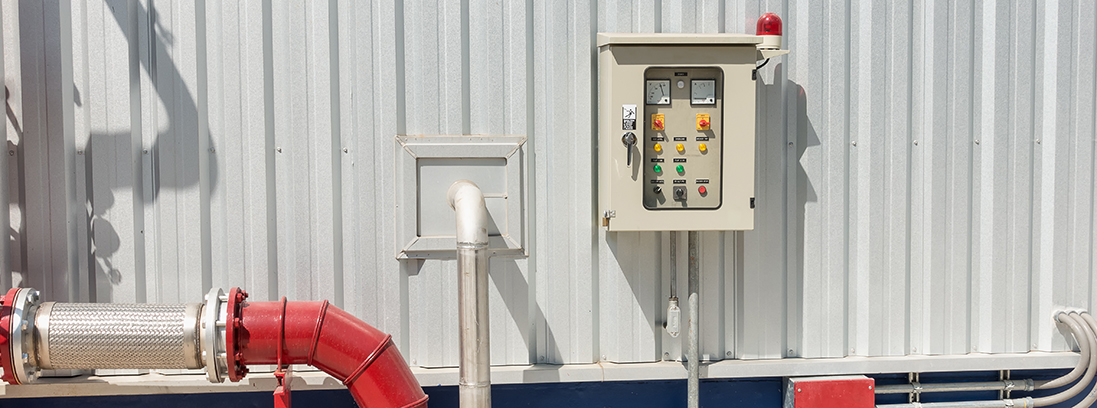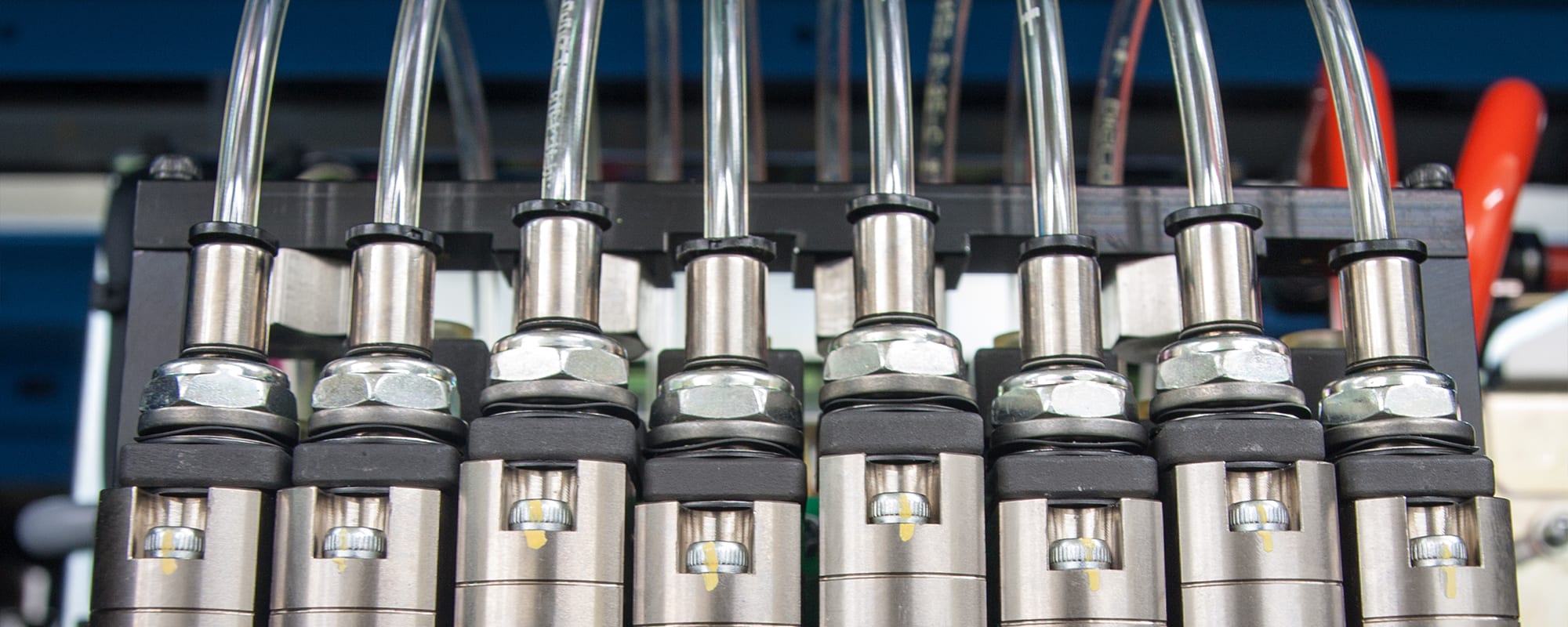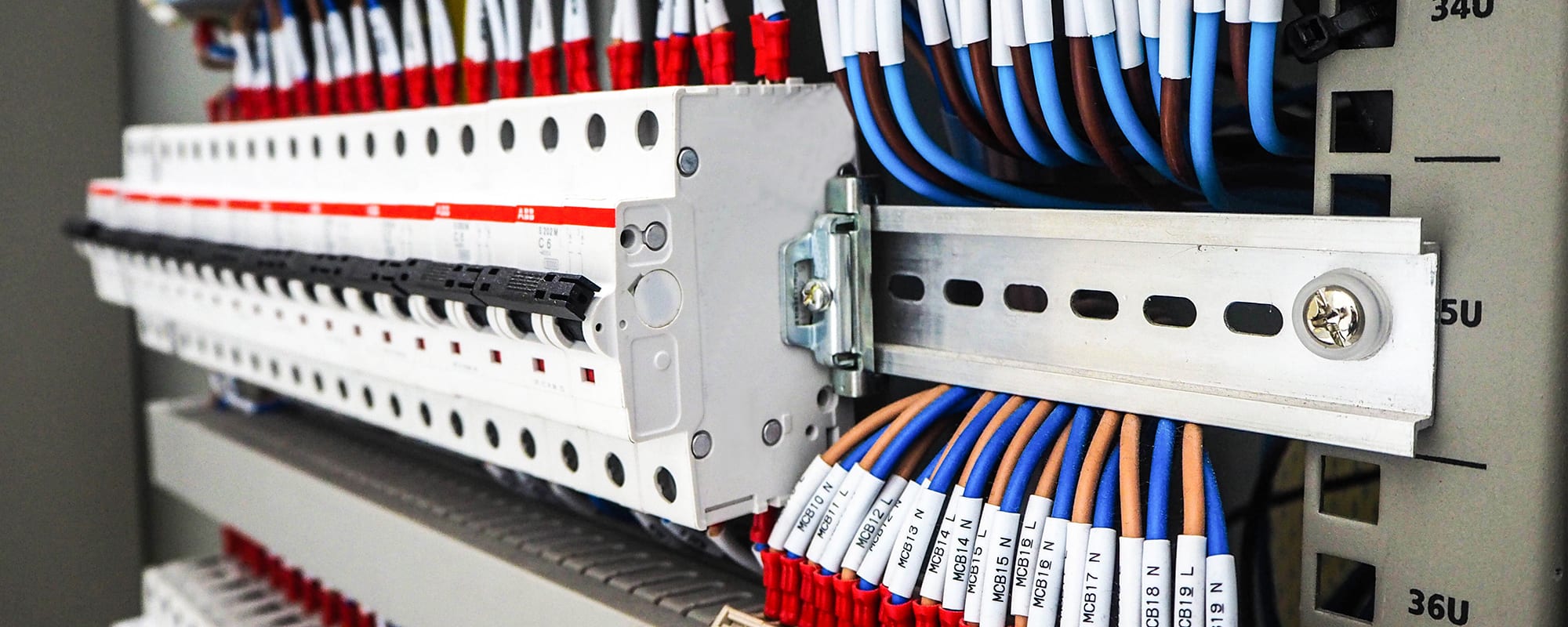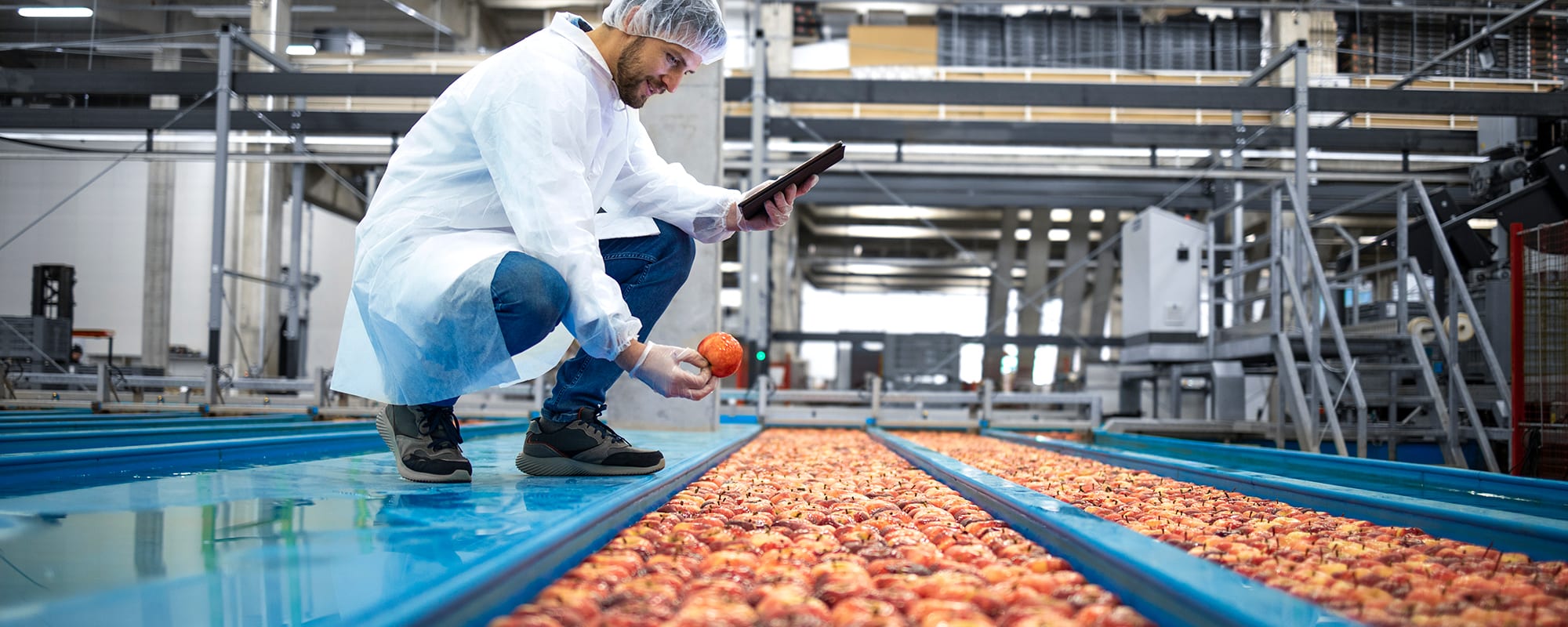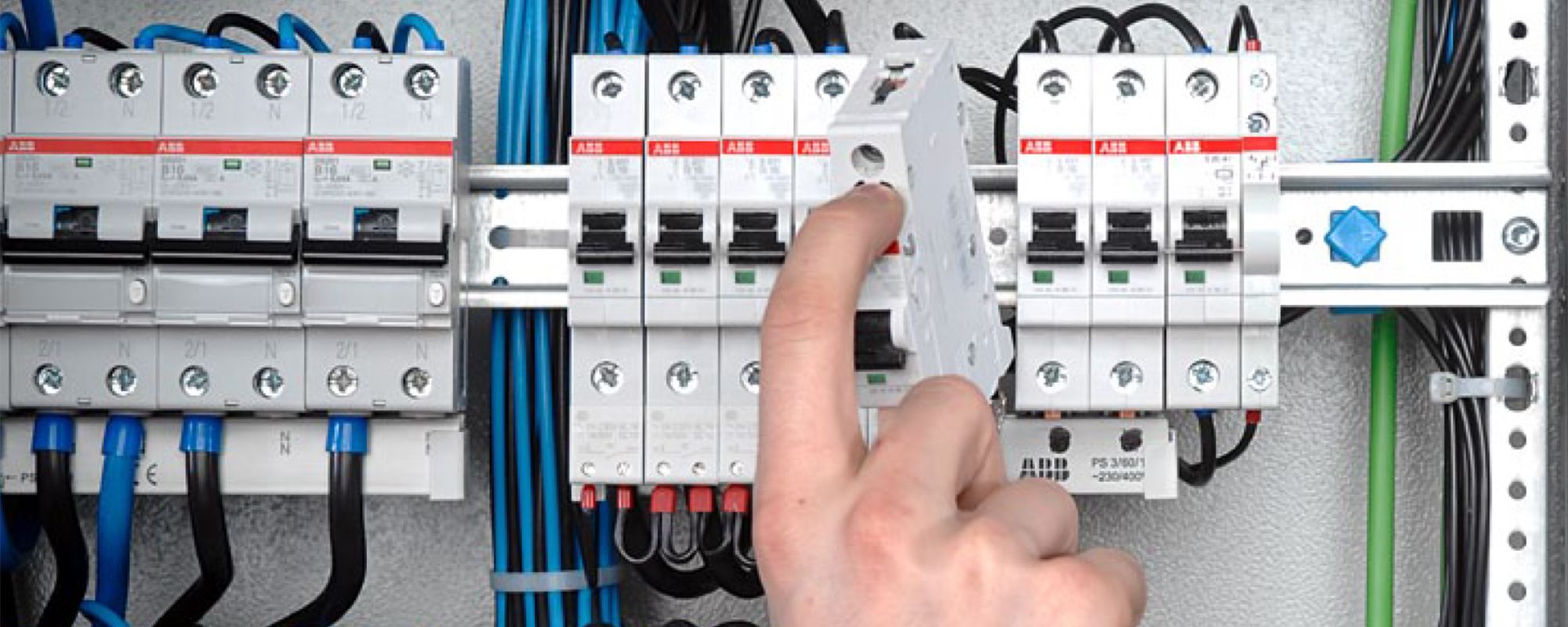More than just a box to hold automation components, control panel enclosures must protect the contents while allowing safe and easy access by field personnel.
Once a person works in the industrial automation field for awhile, their eye becomes trained to spot control panels in the wild. They might notice a box housing controls for an underground pump by the side of a road, or they get a sneak peek at grouped pushbuttons used by the ride operator at an amusement park. Strolling through a sports arena may reveal air handler controls and other building automation. These sightings fade into the background for casual observers but are of high interest to industrial automation professionals.
An industrial control panel enclosure may just look like a box, but some serious thought must go into specifying just the right box. In this post, we will discuss non-hazardous enclosure selection and design issues to provide assistance when specifying an industrial control panel. Sometimes the terms “control panel” and “enclosure” are used interchangeably, but more precise definitions refer to a complete assembly as a control panel, the box itself as an enclosure, and the removable mounting surfaces within the enclosure as backpanels or sidepanels.
Function Before Form
Control panel enclosure selection is based on functionality. Unless they happen to feature a fancy paint job or some exciting blinking lights, control enclosures are a relatively unglamorous part of the control system. Before the digital age, it was a slightly different story. Industrial control panels often enclosed a mass of hardwired devices, and the enclosure’s front panel would usually have many pilot devices such as switches, lights and dials. The largest and most complex enclosures were literally works of art, with silkscreened or plastic images overlaid on the face depicting the controlled equipment.
Digital technology has collapsed much of these components into compact controllers and human-machine interfaces (HMIs). Often the HMI is a remotely-located PC, so the control panel itself may appear blank. But there is more to selecting an enclosure than what meets the eye.
Specifications
If the project is adhering to specifications, designers must read those carefully for direction. They may indicate allowable or prohibited products, and sometimes there are requirements for special materials, such as stainless steel. Enclosure specifications can demand reserved space for future growth, which can dramatically drive up the sizing. Special locking features are sometimes called for, along with other addons and extras.
Control Panel Enclosure Sizing
Choosing the control panel enclosure size is a primary consideration. Until physicists can figure out how to make an industrial control panel larger on the inside than it is on the outside, sizing will be an issue. Building arrangements and equipment mechanical designs usually happen well before the automation design, so there is often too little site installation space available for electrical and control purposes.
Once a space is identified to install the enclosure, make sure there are provisions for wall- or floor-mounting while preserving the proper NEC-mandated working space in front of the enclosure. Check to see if the enclosure needs to mount on a concrete pad and if legs are needed, and make sure there is a routing path to get the enclosure through the building into the final location. Confirm exterior space for conduits to route to the enclosure, and set aside interior space to receive incoming wires and cables. If this is a food and beverage or pharmaceutical project, check for sanitary requirements like a sloped top, and be aware that many specifications will not allow top-entry conduits for wet areas.
Impact of Interior Layout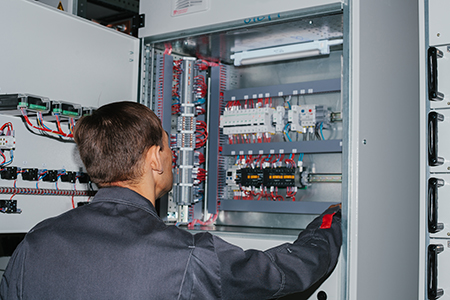
The industrial control panel interior layout must house all the components’ parts, with enough spacing around each for sufficient airflow. Designers usually find it most practical to do a quick CAD sketch to mock up the potential interior layout. Make sure to read the component documentation for spacing and arrangement requirements, noting that some items like power supplies must be mounted upright due to high levels of radiated heat. Reserve enough space for wireways and conductor routing, and leave space between wireways and components so wire tags are visible.
Don’t just think of the X and Y axes. Consider the Z-axis depth of the enclosure to make sure backpanel-mounted components won’t interfere with any door-mounted or sidepanel-mounted devices. Many times, sidepanels are necessary, but avoid their use if possible because they are harder to work and prevent the sides of the enclosure from accepting thermal management equipment or conduits.
Perhaps the best advice is to keep things simple. Complex arrangements that shoehorn components together take a lot of design work and are more likely to run into conflicts during industrial control panel assembly and installation. Oversizing an enclosure costs a little more for material and handling, but usually makes assembly and installation easier, and allows for future additions and modifications.
Enclosure Selection and NEMA Ratings
How do you choose the right NEMA enclosure rating? Enclosure NEMA ratings are ordinarily defined by the installation area environmental characteristics, but even here some decisions are needed. For instance, in areas suitable for NEMA 1 (like electrical rooms), many specifications will call for a NEMA 12 or 4 rating as minimum. NEMA 4 is generally required for wet areas, but typically entails extra door latches.
In many instances, the factory paint finish for carbon steel enclosures is adequate, but some projects may require special painting. The typical specification for wet chemical areas is NEMA 4X, but will stainless steel or fiberglass be required? Note that stainless is available in 304 and 316; the latter is more durable, but costs more and is sometimes less available.
Designers must take all these factors into account when designing industrial control panels, as well as other details outside the scope of this short article. Putting oneself in the shoes of a field tech who must work inside an industrial control panel is always a good idea, as designs that make their life easier are always preferred.
